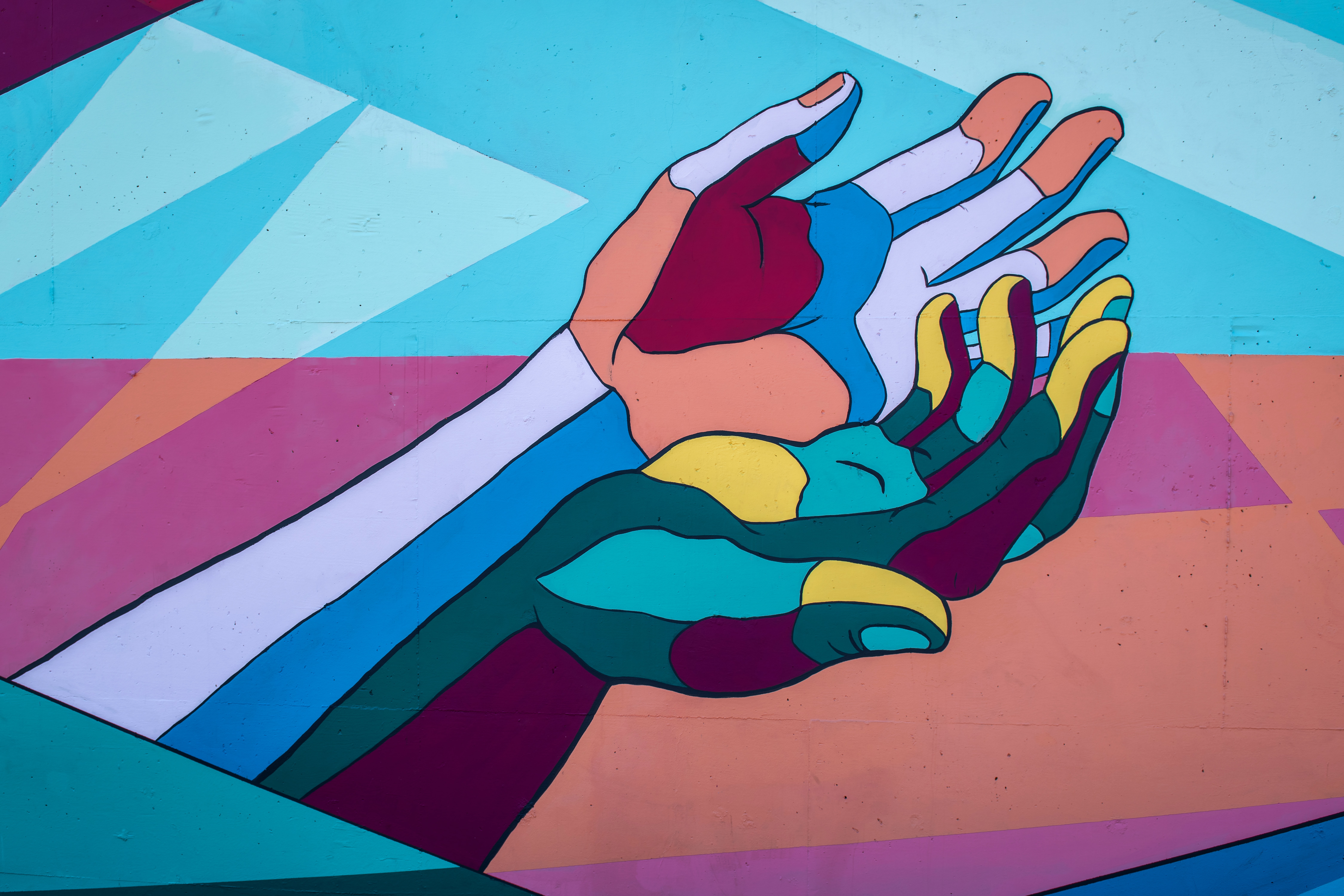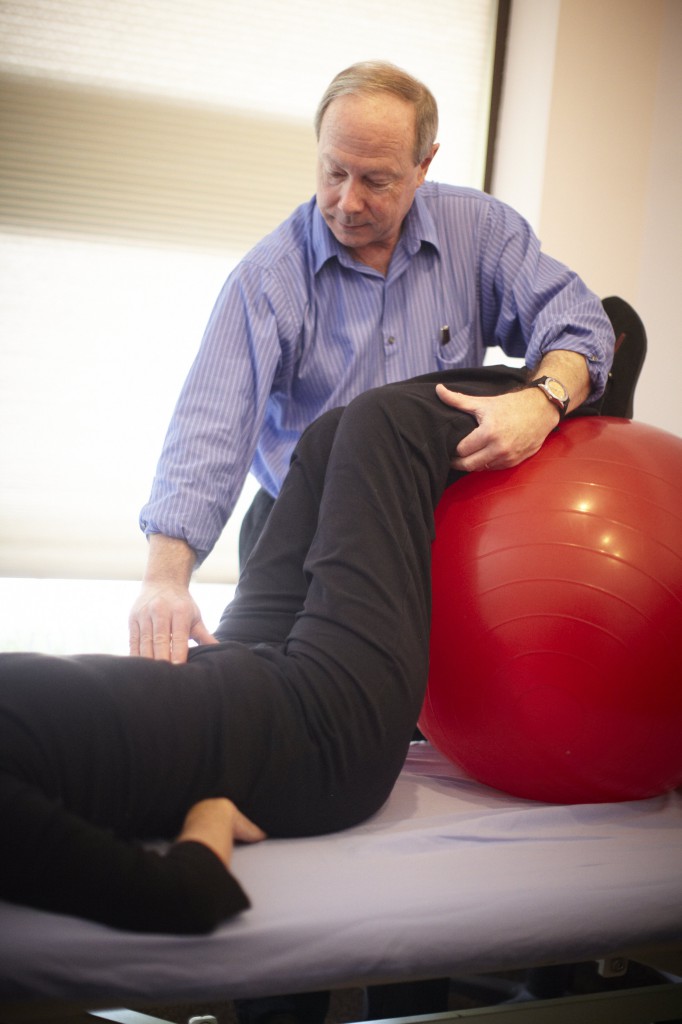
Orthopaedic Manual Physical Therapy (OMPT), is defined by the American Academy of Orthopaedic Manual Physical Therapists (AAOMPT) as “hands-on” treatment provided by the physical therapist. So…no, by definition physical therapists cannot practice directly with our hands through the internet.
As a physical therapist certified by the Postural Restoration Institute, however, I’ve found that Postural Restoration techniques can easily be taught to clients during their teletherapy sessions. In addition to our powerful Postural Restoration techniques, it’s possible to incorporate effective manual therapy teaching to patients via teletherapy. I’ve found that these manual therapy lessons can compliment the Postural Restoration techniques quite nicely.

One of the manual therapy techniques I commonly use is called Counterstrain. When practicing Counterstrain, the therapist finds tender points in the soft tissues of the body. These tender points represent tissue that is “guarding” or tightening as our brain and nerves attempt to protect this area for various reasons. This quickly becomes painful as the tissue is constantly tugging against its attachment points. Ouch!
During Counterstrain treatment, the therapist moves the body into a position that places the tender point area into a shortened position. The tissue then no longer has anything to tug against. When the soft tissue is placed in the right position, the tender point immediately becomes non-tender. When this position is maintained for about 90 seconds, the brain and nerves “reset” and relax the tension at the treated area.

It is often possible to learn to self treat tender points. I have taught many of my clients self treatment positions that can relieve some of their common tender points. This skill can be taught during a teletherapy session. Some areas of the body are difficult to self treat because they are hard for the client to reach (the mid back, for instance). In those instances, I have taught the client’s spouse or partner to treat the affected area.

Counterstrain is not the only self treatment manual technique that can be taught. Clients can learn basic joint mobilization techniques to decrease pain and increase range of motion from home. There are numerous, simple techniques to relieve soft tissue restrictions and pain for many conditions. Frozen shoulder or Achilles tendonitis are a few good examples.
One of the first teletherapy sessions I had was with a client that had pain in the front of the lower rib cage due to a muscle strain in that region. I was able to teach the client where to find the tender points. Then we moved to self treatment positions to relieve them. After the session the client was much more comfortable. They also had a good understanding of how to self treat tender point flare ups, if needed.




